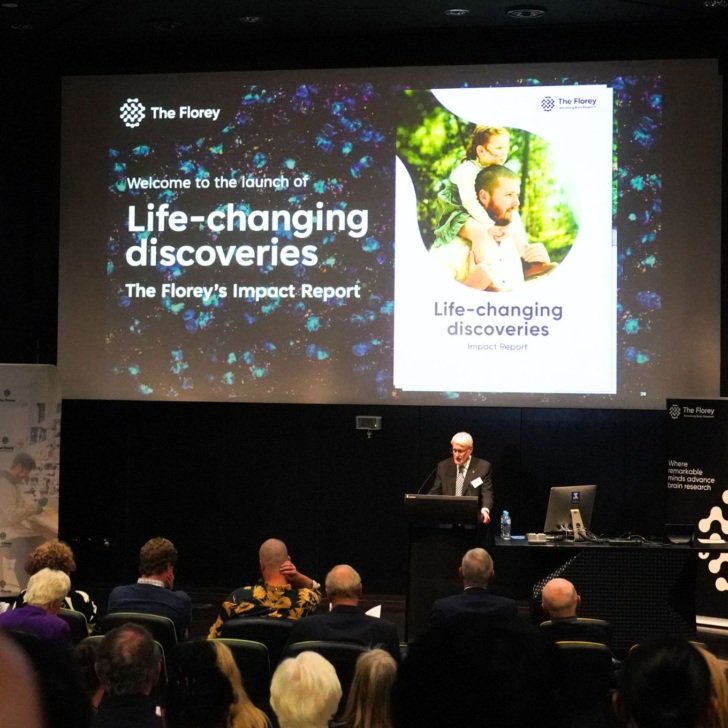
Epilepsy
Epilepsy is a disorder where a person has recurrent seizures as the result of a sudden and uncontrolled electrical current being released in the brain. When a seizure happens, the normal pattern of the brain’s electrical impulses is disrupted, and the impulses instead rapidly fire all at once.
Epilepsy is the most common neurological condition, affecting around four percent of the general population. The kind of seizures caused by epilepsy can vary depending on the type of epilepsy and what part of the brain is affected. There are over 40 different types of seizures, ranging from a brief lapse in attention or confusion to severe prolonged convulsions. The frequency of seizures can also vary, from one a year to several per day.
How The Florey is making a difference
Epilepsy imaging
Through the use of advanced MRI imaging methods we continue to make major advances in understanding epilepsy. These advances are rapidly translated into improved patient care through Victorian Epilepsy Centres’ comprehensive epilepsy programs; one of these is at the Austin Hospital in Heidelberg where The Florey imaging team is an integral part of the investigation and treatment of epilepsy in patients.
Human brain structure and function
In order to better understand the cognitive impacts of epilepsy, our scientists use advanced imaging techniques to map the functional effect of epilepsy in several cognitive domains. One of the key issues in brain surgery during removal of an epileptic focus is potential damage to the normal functioning of the patient. For the best possible outcome, we need a good understanding of how normal brain function is organised, and how this may be perturbed in a person with epilepsy. Our scientists have mapped disease-related changes in brain regions responsible for language, memory, music (singing), and are also examining changes in these domains post-surgery.
Disease mechanisms in genetic epilepsy
Genetics plays a major role in epilepsy. In particular, subtle changes in the properties of mutated ion channel proteins have been identified as the cause of many cases of human epilepsy. Using advanced electrophysiological and biophysical tools, we focus on exposing the fundamental physiological changes that predispose people to epilepsy, thereby revealing methods and approaches for diagnosis and therapy.

Neurobiology of epilepsy
Florey researchers use analysis, data and computational power to reveal the neural mechanisms that cause epilepsy. Genetic engineering, seizure threshold analysis, EEG analysis, quantitative morphology, physiology and computation are all combined to achieve this goal.
Research groups
More information
While The Florey researches epilepsy, we do not offer medical advice or treatment. For support or further information about epilepsy, contact the Epilepsy Foundation on 1300 761 487 or Epilepsy Action Australia on 1300 37 45 37.
Latest news
Latest Florey news on Epilepsy











